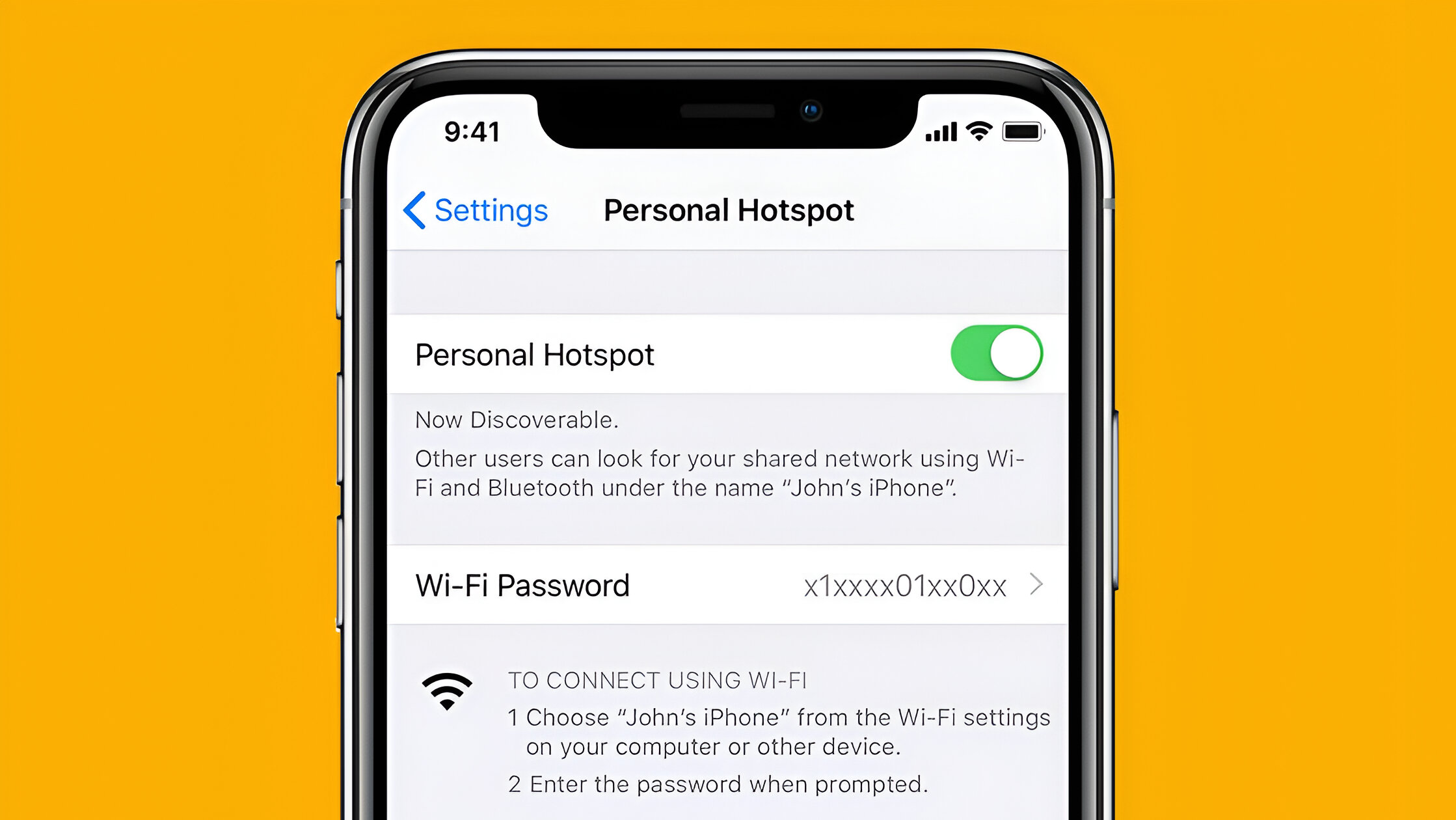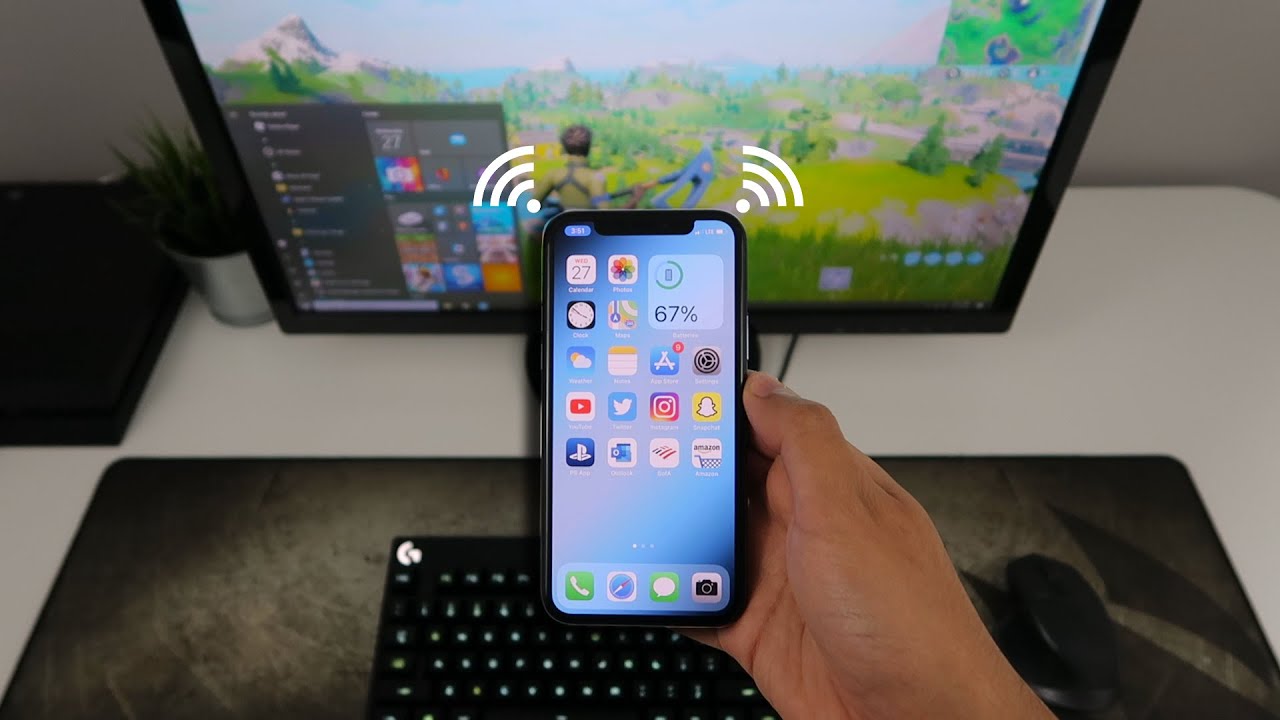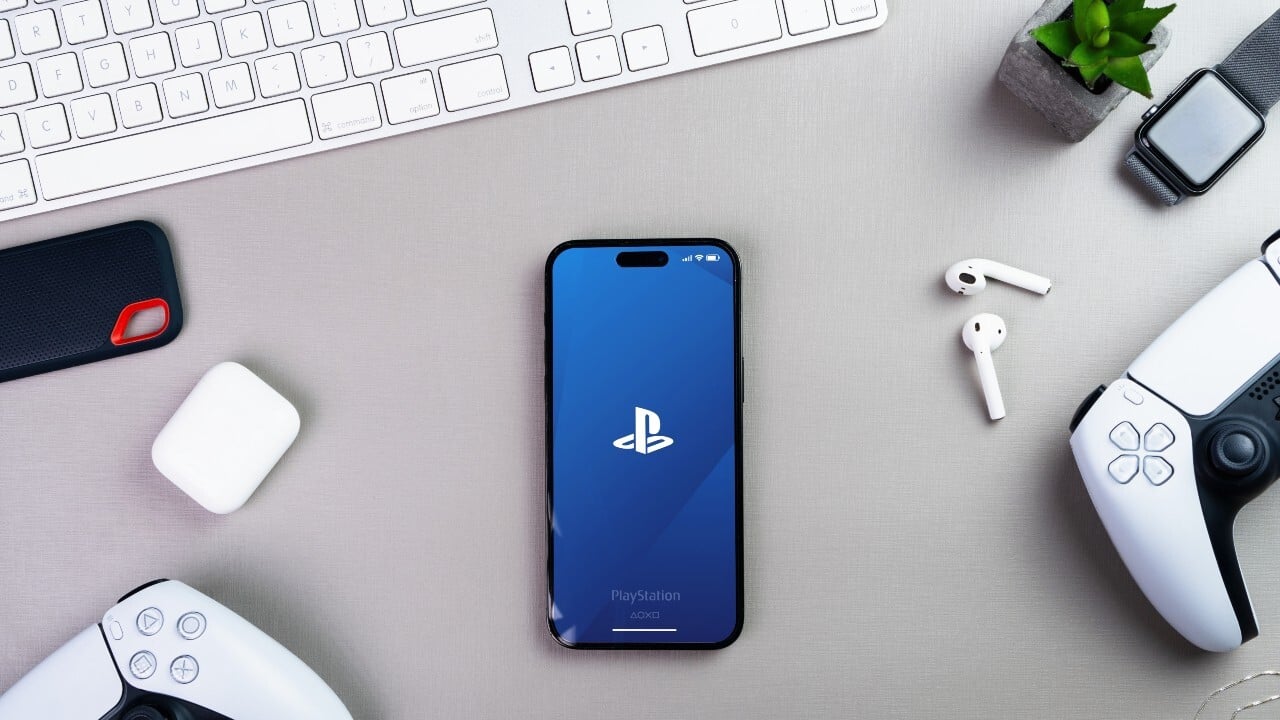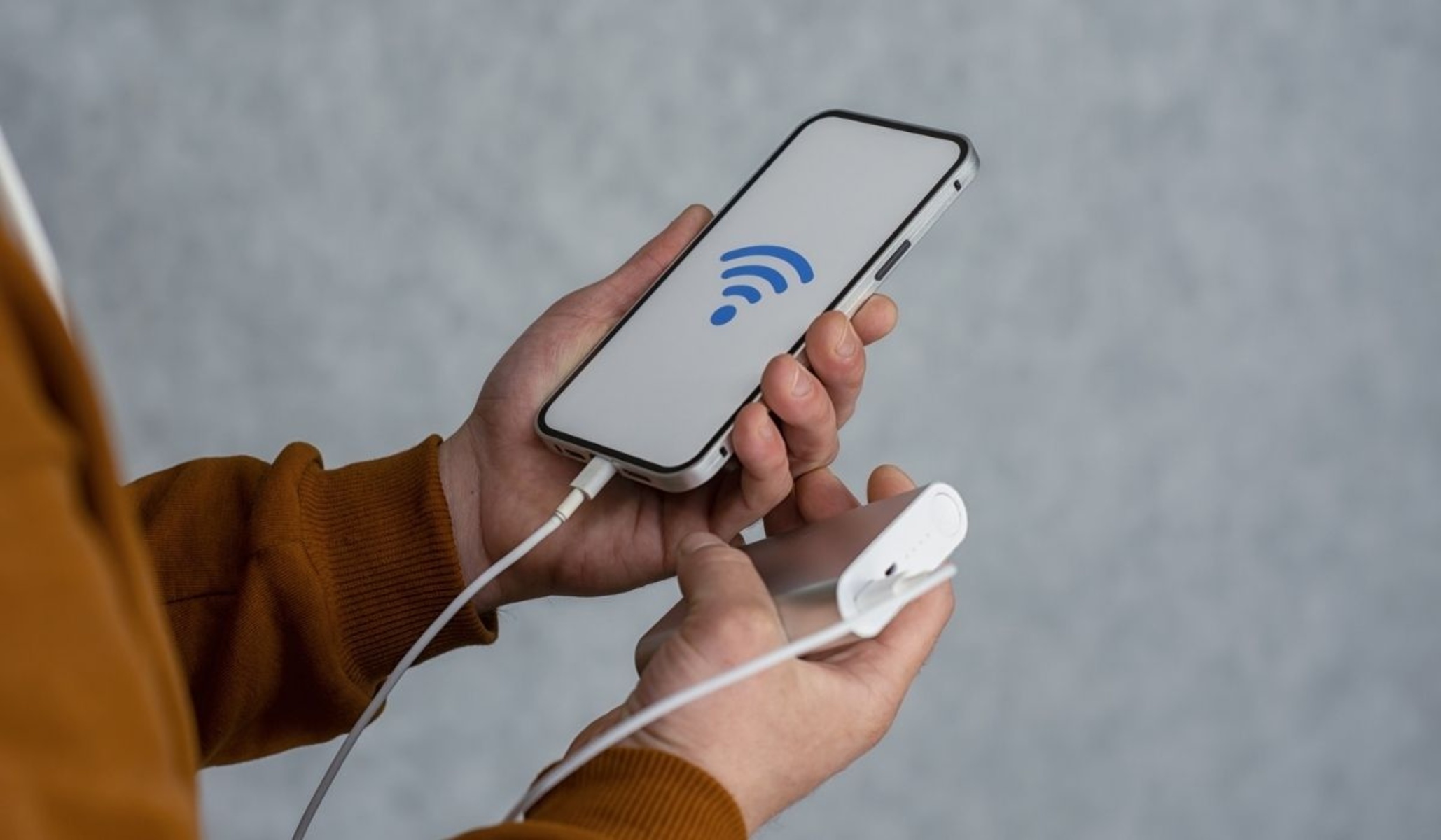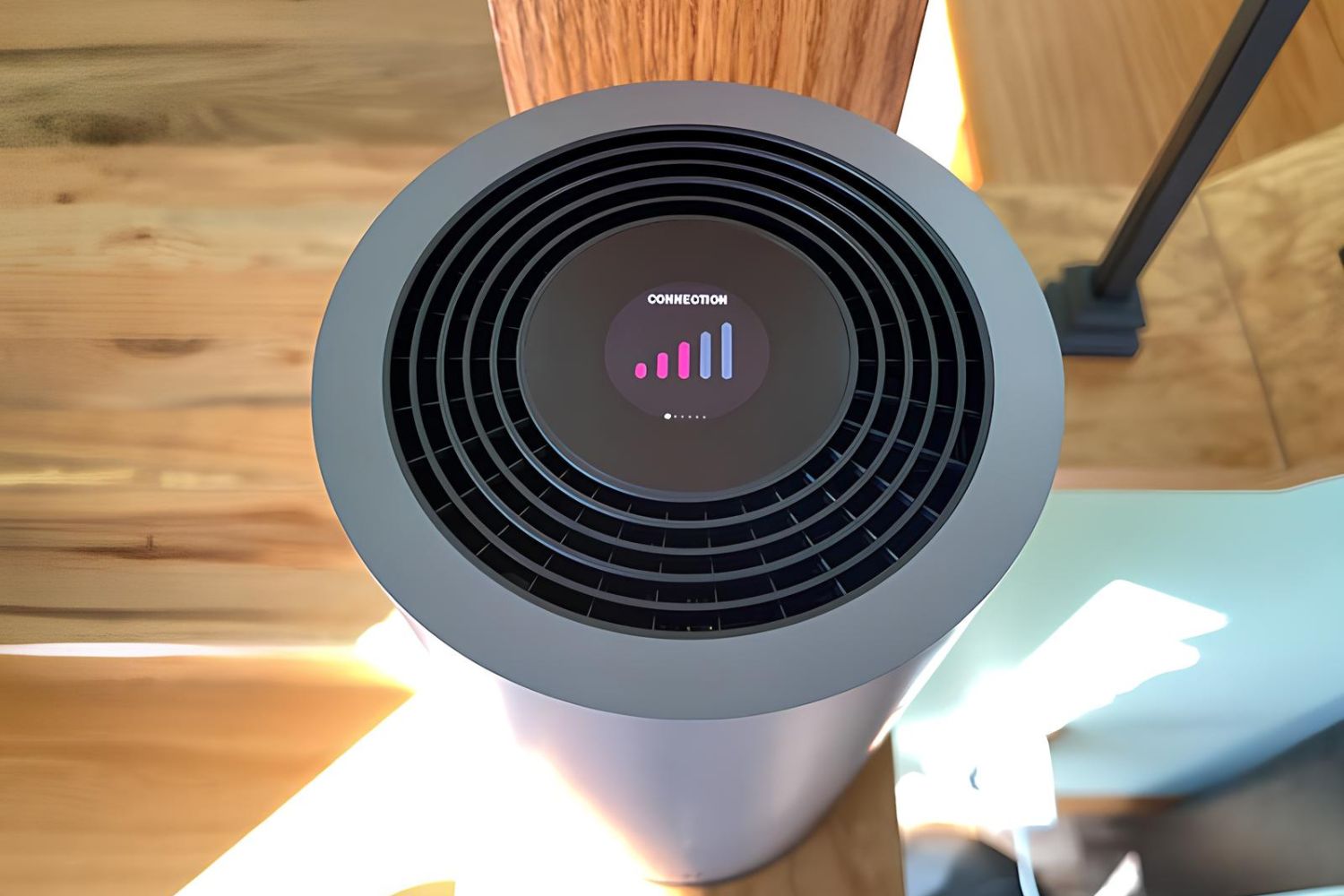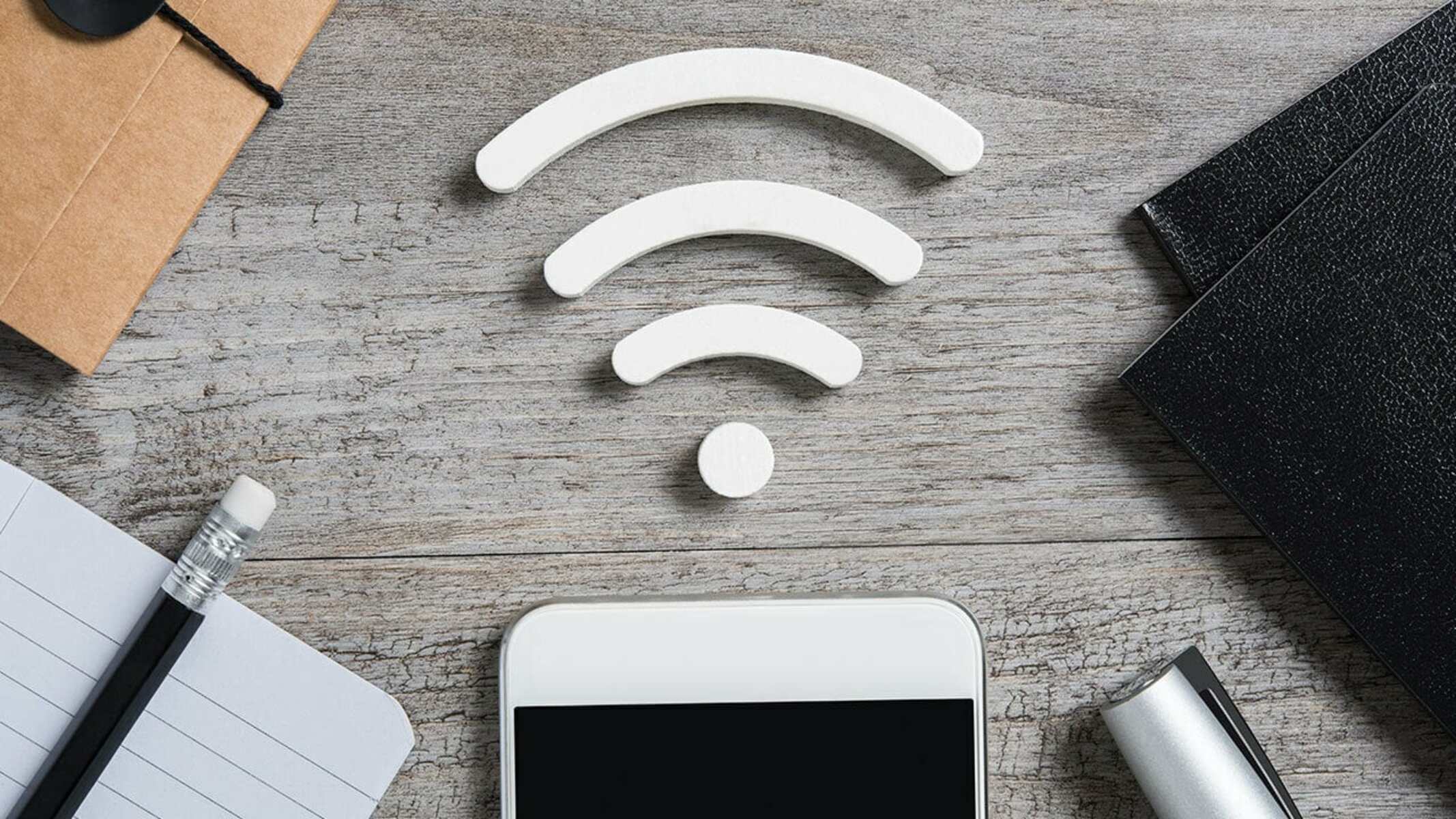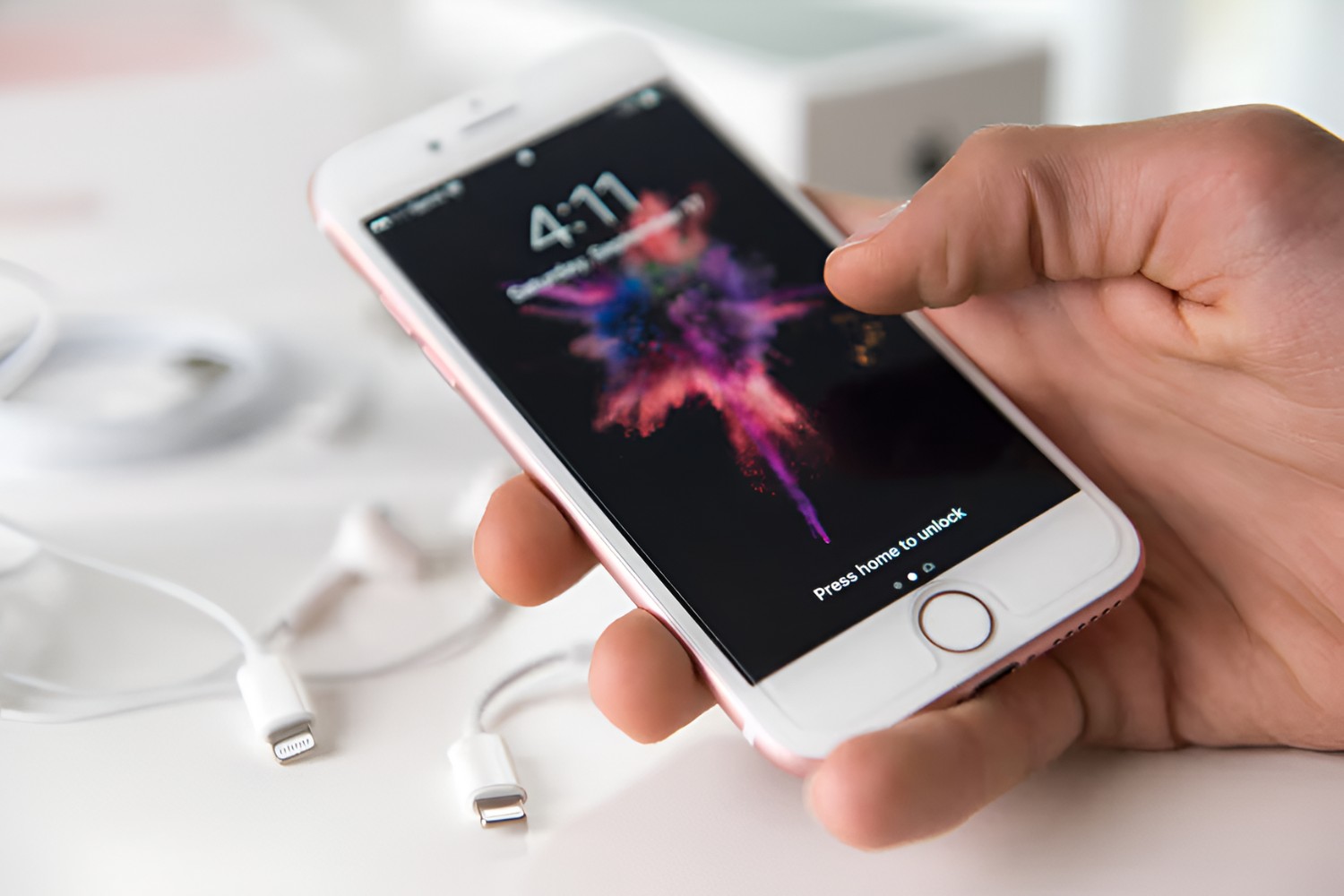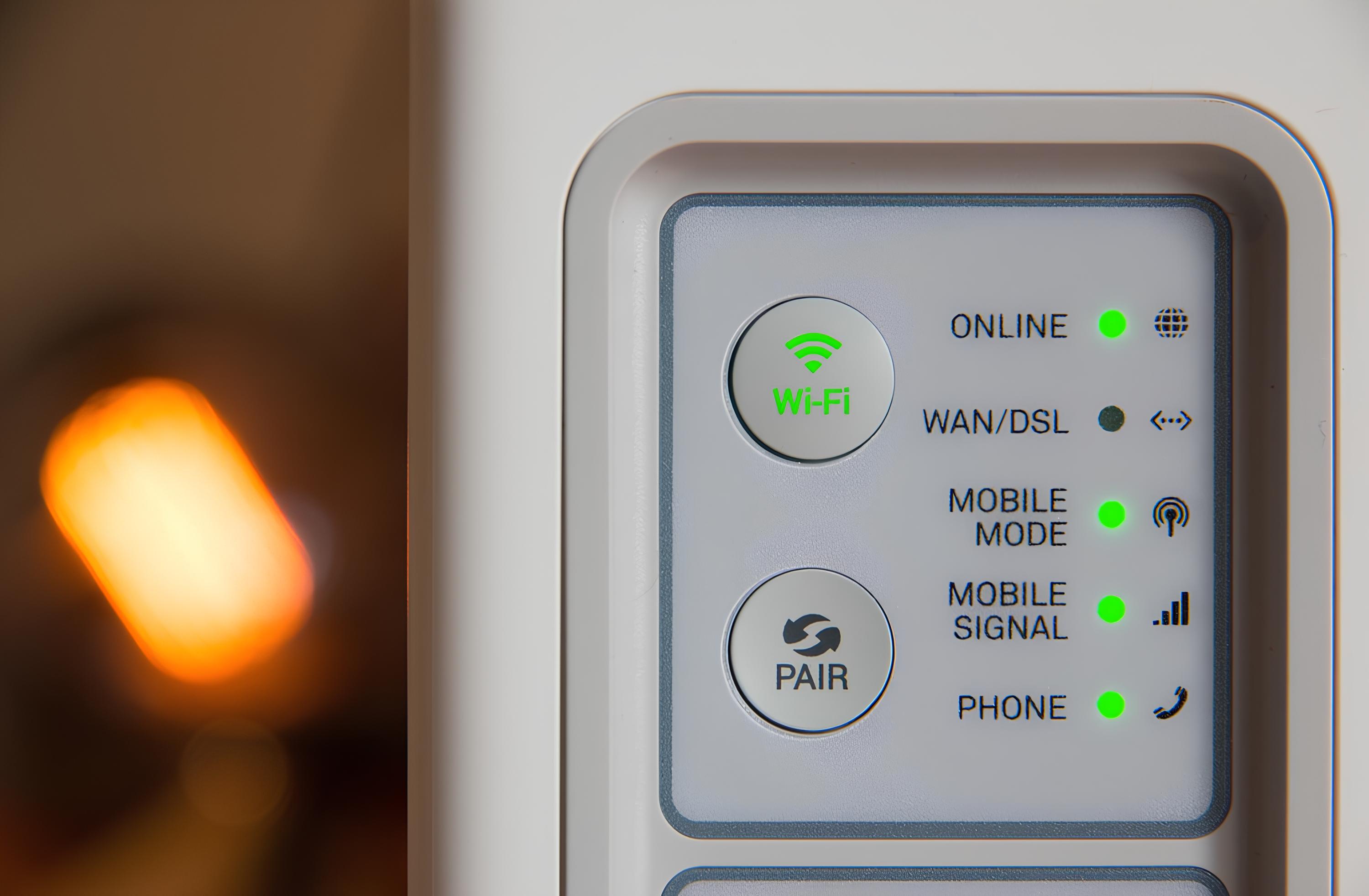Introduction
Are you tired of being tethered to a fixed internet connection? Do you yearn for the freedom to connect to the internet from anywhere using your mobile device? If so, activating a hotspot may be the solution you've been seeking. A hotspot allows you to create a portable Wi-Fi network that enables other devices to connect to the internet through your mobile device's data connection. Whether you're in a coffee shop, at the airport, or on a road trip, activating a hotspot can keep you connected when traditional Wi-Fi networks are out of reach.
In this article, we will guide you through the quick and easy steps to activate a hotspot on your mobile device. Whether you're using an Android or iOS device, the process is straightforward and can be completed in just a few simple steps. By following the instructions provided, you'll be able to set up a personal hotspot and connect your other devices, such as laptops, tablets, or gaming consoles, to the internet with ease.
Now, let's dive into the step-by-step process of activating a hotspot on your mobile device and unleashing the power of portable internet connectivity. Whether you're a digital nomad, a remote worker, or simply someone who values the convenience of staying connected on the go, activating a hotspot can enhance your mobile internet experience and keep you connected wherever you roam.
Step 1: Accessing Hotspot Settings
Accessing the hotspot settings on your mobile device is the first crucial step towards unleashing the power of portable internet connectivity. Whether you're using an Android or iOS device, the process of accessing the hotspot settings is relatively straightforward and can be accomplished in just a few simple taps.
For Android Users:
-
Open Settings: Begin by unlocking your Android device and navigating to the "Settings" app. This can usually be found in the app drawer or by swiping down from the top of the screen and tapping the gear icon.
-
Locate Network & Internet Settings: Within the "Settings" menu, look for the "Network & Internet" option. This is where you'll find various connectivity settings, including Wi-Fi, Bluetooth, and Hotspot.
-
Access Hotspot Settings: Tap on the "Hotspot & tethering" or "Hotspot & portable hotspot" option, depending on your device's specific terminology. This will take you to the hotspot settings menu, where you can configure and enable your hotspot.
For iOS Users:
-
Open Settings: Unlock your iOS device and locate the "Settings" app on the home screen. It's represented by a gear icon and is typically located in the first few rows of apps.
-
Navigate to Personal Hotspot: Within the "Settings" menu, scroll down and look for the "Personal Hotspot" option. This is where you can access the settings for your device's hotspot feature.
-
Access Hotspot Settings: Tap on the "Personal Hotspot" option to enter the hotspot settings menu. Here, you can configure the hotspot and prepare it for activation.
By following these simple steps, you can easily access the hotspot settings on your Android or iOS device, setting the stage for the activation and configuration of your personal hotspot. Once you've successfully accessed the hotspot settings, you're ready to proceed to the next step and enable the hotspot, paving the way for seamless internet connectivity on the go.
Step 2: Enabling Hotspot
Enabling the hotspot on your mobile device is a pivotal step that transforms it into a portable Wi-Fi hub, allowing other devices to connect to the internet through its data connection. Whether you're using an Android or iOS device, the process of enabling the hotspot is straightforward and can be accomplished with just a few taps on your device's screen.
For Android Users:
-
Access Hotspot Settings: After navigating to the "Hotspot & tethering" or "Hotspot & portable hotspot" option in the device's settings, you'll find the "Portable Wi-Fi hotspot" toggle switch. Simply tap on this switch to enable the hotspot.
-
Configure Hotspot Settings (Optional): Before enabling the hotspot, you have the option to configure its settings, including the network name (SSID) and password. This allows you to personalize your hotspot and secure it with a unique password to prevent unauthorized access.
-
Enable Hotspot: Once you've configured the settings (if desired), simply toggle the "Portable Wi-Fi hotspot" switch to the "On" position. Your hotspot is now active and ready to provide internet connectivity to other devices within its range.
For iOS Users:
-
Access Hotspot Settings: Within the "Personal Hotspot" settings menu, you'll find the "Personal Hotspot" toggle switch. Tap on this switch to enable the hotspot feature on your iOS device.
-
Configure Hotspot Settings (Optional): Similar to Android devices, iOS users have the option to configure the hotspot settings, including the Wi-Fi password. This allows you to customize the hotspot's network name and password according to your preferences.
-
Enable Hotspot: After configuring the settings (if desired), simply toggle the "Personal Hotspot" switch to the "On" position. Your hotspot is now active and ready to provide internet connectivity to other devices within its vicinity.
By following these simple steps, you can effortlessly enable the hotspot on your Android or iOS device, transforming it into a portable Wi-Fi access point. Once the hotspot is activated, you're ready to proceed to the next step and configure its settings to ensure a seamless and secure internet connection for your connected devices.
Step 3: Configuring Hotspot Settings
Configuring the hotspot settings is a crucial step in ensuring a seamless and secure internet connection for the devices that will be connecting to your hotspot. By customizing the hotspot settings, you can personalize the network name (SSID) and set a unique password, thereby enhancing the security of your hotspot and preventing unauthorized access. Whether you're using an Android or iOS device, the process of configuring hotspot settings is straightforward and can be accomplished with ease.
For Android Users:
-
Customize Network Name (SSID): Upon accessing the hotspot settings, you'll find the option to customize the network name (SSID) of your hotspot. This is the name that will be visible to other devices when they search for available Wi-Fi networks. By personalizing the network name, you can make it easily identifiable and distinguish it from other nearby networks.
-
Set Password for Hotspot: In the hotspot settings menu, you'll have the option to set a password for your hotspot. It's essential to create a strong and unique password to prevent unauthorized access to your hotspot. By setting a password, you can ensure that only authorized users can connect to your hotspot and benefit from its internet connectivity.
-
Choose Security Type (Optional): Android devices offer the flexibility to choose the security type for your hotspot, such as WPA2 PSK (Wi-Fi Protected Access 2 – Pre-Shared Key). This adds an extra layer of security to your hotspot, making it more resilient against potential security threats.
For iOS Users:
-
Personalize Network Name and Password: Within the Personal Hotspot settings, iOS users can personalize the network name and password for their hotspot. By customizing the network name and setting a unique password, you can create a personalized and secure Wi-Fi network for your connected devices.
-
Enable the “Allow Others to Join” Option: iOS devices provide the option to enable or disable the "Allow Others to Join" feature. When enabled, this allows other devices to connect to your hotspot. It's essential to toggle this option based on your preferences for allowing or restricting access to your hotspot.
-
Configure APN Settings (Optional): For users who require specific APN (Access Point Name) settings for their cellular data connection, iOS devices offer the option to configure these settings within the Personal Hotspot menu, ensuring seamless integration with the mobile carrier's network.
By configuring the hotspot settings according to your preferences, you can personalize and secure your hotspot, creating a reliable and convenient internet access point for your connected devices. Once the settings are configured, your hotspot is ready to provide internet connectivity, allowing you to connect your devices and enjoy the freedom of portable Wi-Fi wherever you go.
Step 4: Connecting Devices to Hotspot
Now that your hotspot is activated and its settings are configured, it's time to connect your devices and bask in the convenience of portable internet connectivity. Whether you're using a laptop, tablet, gaming console, or any other Wi-Fi-enabled device, connecting to your hotspot is a straightforward process that allows you to harness the power of your mobile device's data connection.
For Android Users:
-
Enable Wi-Fi: On the device you wish to connect to the hotspot, navigate to the Wi-Fi settings and ensure that Wi-Fi is enabled.
-
Select Hotspot Network: Within the list of available Wi-Fi networks, locate and select your hotspot's network name (SSID). This is the name you customized during the configuration of your hotspot settings.
-
Enter Hotspot Password: If prompted, enter the password you set for your hotspot. This ensures a secure connection and prevents unauthorized access to your hotspot.
-
Connect to Hotspot: Once the correct password is entered, the device will establish a connection to your hotspot. You're now ready to enjoy internet connectivity through your mobile device's data connection.
For iOS Users:
-
Enable Wi-Fi: Similar to Android devices, ensure that Wi-Fi is enabled on the device you want to connect to the hotspot.
-
Select Hotspot Network: From the list of available Wi-Fi networks, choose your hotspot's network name (SSID). This is the personalized name you set for your hotspot.
-
Enter Hotspot Password: If prompted, input the unique password you configured for your hotspot. This step ensures a secure and encrypted connection to your hotspot.
-
Establish Connection: After entering the correct password, the device will establish a connection to your hotspot, providing access to the internet through your mobile device's data connection.
By following these simple steps, you can seamlessly connect your devices to your hotspot, enabling them to benefit from the internet connectivity provided by your mobile device. Whether you're working on the go, streaming your favorite content, or staying connected during travel, your hotspot empowers you to enjoy a reliable and portable Wi-Fi network wherever you roam.
Conclusion
In conclusion, activating a hotspot on your mobile device opens up a world of possibilities for seamless and portable internet connectivity. By following the quick and easy steps outlined in this guide, you can transform your device into a personal Wi-Fi hub, allowing other devices to connect to the internet through its data connection. Whether you're using an Android or iOS device, the process of activating a hotspot is straightforward and can be completed in just a few simple steps.
Once you've accessed the hotspot settings, enabled the hotspot, and configured its settings, you're ready to connect your devices and enjoy the freedom of portable Wi-Fi. Whether you're a digital nomad, a remote worker, or simply someone who values the convenience of staying connected on the go, activating a hotspot can enhance your mobile internet experience and keep you connected wherever you roam.
The ability to set up a personal hotspot empowers you to stay connected in various scenarios, such as when traditional Wi-Fi networks are unavailable, during travel, or while working remotely. It provides a reliable and secure internet access point for your connected devices, allowing you to work, stream content, or stay in touch with others without being tethered to a fixed internet connection.
Furthermore, the process of connecting devices to your hotspot is seamless, enabling you to harness the power of your mobile device's data connection on laptops, tablets, gaming consoles, and more. Whether you're engaging in productivity tasks, streaming entertainment, or conducting virtual meetings, your hotspot ensures that you can stay connected and productive wherever you go.
By activating a hotspot on your mobile device, you're not only unlocking the convenience of portable internet connectivity but also embracing the flexibility and freedom that comes with staying connected on your own terms. Whether you're in a bustling urban environment, a serene countryside setting, or on the move, your personal hotspot keeps you connected and productive, allowing you to navigate the digital landscape with ease.
In essence, activating a hotspot on your mobile device is a gateway to a world of untethered connectivity, enabling you to stay connected, productive, and entertained wherever your adventures take you. So, go ahead, activate your hotspot, connect your devices, and embrace the freedom of portable Wi-Fi as you navigate the digital realm with confidence and convenience.







